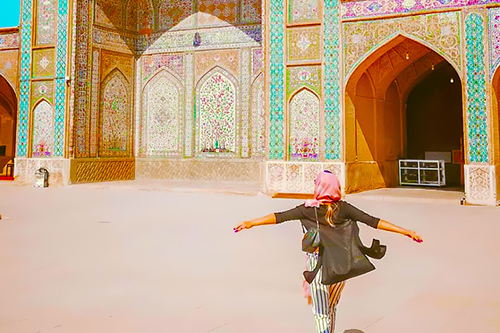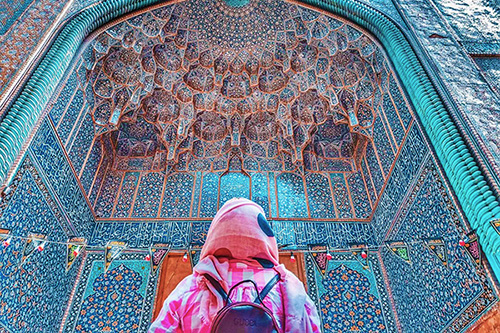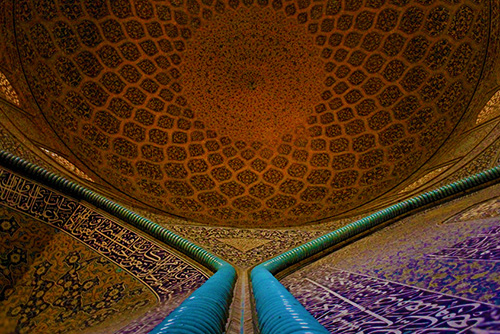 Signin with Google
Signin with Google Signin with Facebook
Signin with Facebook About Iran
About IranWomen Role in Iran
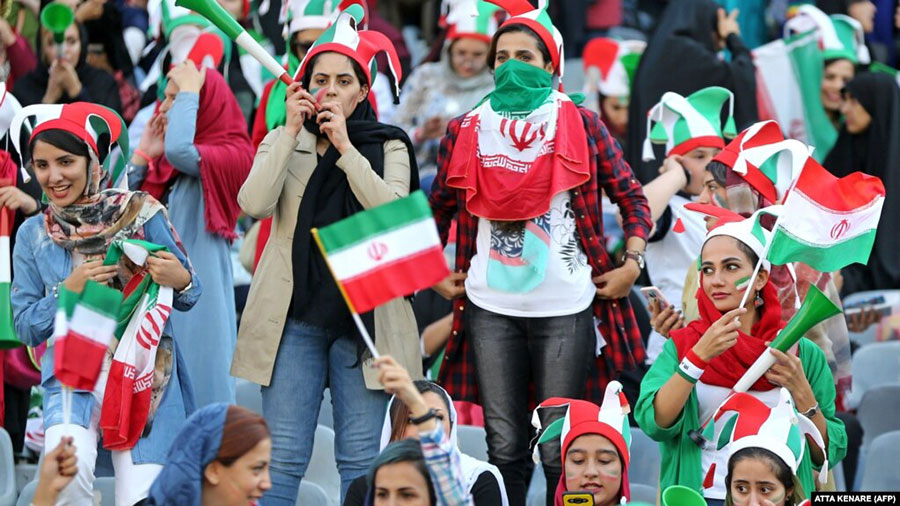
The role of women in Iran
Among western countries, there still exists many misconceptions and stereotypes about the role of women in Iran. Many people have this preconceived idea that women in Iran, and in the Islamic World in general, are somehow submissive. One of the most persistent clichés is that women in Iran wouldn’t be allowed to drive or work, which is completely false!
Of course, Iranian women drive, most of them have high education and can access important job positions. Actually, throughout history, and also culturally, women have always played a major role in society.
Iranian women in history
To understand the position of women nowadays, it's interesting to go back into Persian history. As far as 5000 years ago, on the site of the ancient settlement called Shahr-e Sukhteh of Shush, women were in charge of economic and administrative responsibilities, as revealed by the excavations on the site, which is quite unusual.
Queens also were always important and influential figures in various dynasties, and a Sassanid princess even ruled over the Persian Empire for a couple of years. During this dynasty, it's interesting to note that many women were fighting in the rank of the military forces.
In the 20th century, under the last Persian Empire, the Pahlavi Dynasty, women have been increasingly been involved in society, accessing all sectors and reaching high-rank positions (ministers, judges, scientists, etc). When the Revolution started, they have been particularly active in the protests against the Shah, especially women coming from traditional backgrounds. The post-revolution era has brought complex and contradictory changes to women's lives, giving them more opportunities on one hand, but also more restrictions on the other.
The centre of the family
Traditionally in Iran, mothers are the centre of the family, which is the core of Iranian society. Thus, women are highly respected figures in Persian culture.
Moreover, contrary to a common belief, Islam has granted many rights to women at a time when no other religion would provide such guarantees. In many verses of the Quran, men and women are proclaimed equal in terms of social status. As a Muslim country, those principles are widespread in Iranian culture.
More women than men at the University
In the past, traditional roles tended to confine women within the private sphere, taking care of the children, domestic life and marital matters, when men were responsible for the financial aspects of the family. Of course, things are changing at a fast pace, and differences between generations in Iran are huge. Young women's lives nowadays have little to do with their mother's.
First of all, women are highly educated and are more numerous than men at the university. It's interesting to point out that women are very well represented in science and engineering fields. where they are nearly 70% of the students. It's particularly surprising in comparison to western countries, where these fields are usually occupied by men.
At the workplace, women have recently benefited from many laws to protect them and favour part-time jobs when having a child. Nowadays in Iran, it's common that both men and women to work. However, there still exists an important salary gap between men and women.
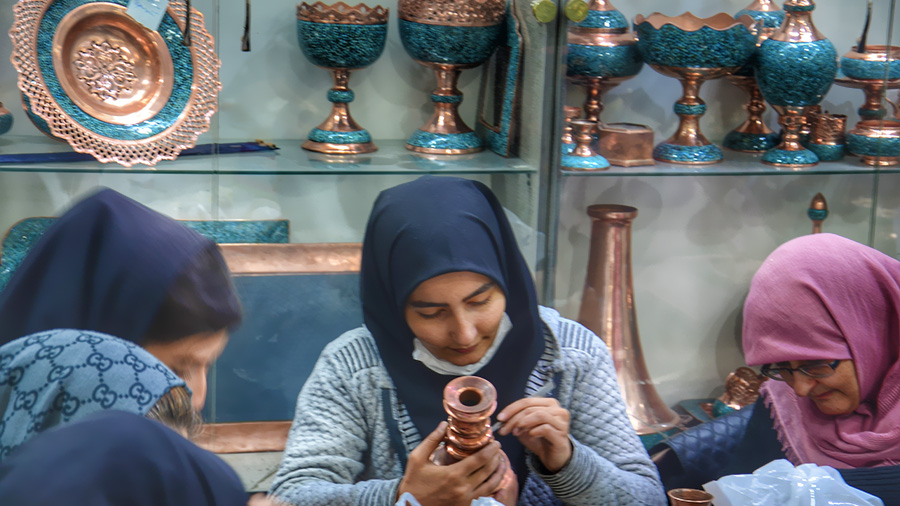
Women have also increased their presence within the public sphere over the 20th century. Allowed to run for parliament, several women have been able to access high-ranking political posts in the government too. In the arts and culture, Iran has many famous actresses and writers, among which the poetess Forough Farrokhzad for instance.
Fighting for their rights, far from the stereotypes
Yet, many restrictions are still imposed on women, as law and customs continue to regulate important parts of their lives. It concerns, for instance, the dress restrictions and mandatory hijab, as well as the children's custody (which normally goes to the father), inheritance share (women benefit from half the share of a man), allowance to enter Azadi stadium, etc. Women have to fight to have the right to practice many activities which seem trivial in many other countries, as it's the case for practising high-level sports.

However, in recent years, laws and customs have been enforced more loosely, especially in big cities. In Tehran and other liberal cities, huge differences can be seen in the attitude and liberties of women in public space in comparison to smaller villages and more conservative places.
Women activists are still fighting, in Iran as everywhere in the world, to obtain more rights and more equality. However, the status of women in Iran is far from the preconceived idea of many people, and a trip inside the country is the best way to discover the truth by yourself.
